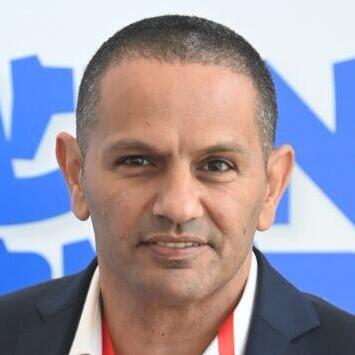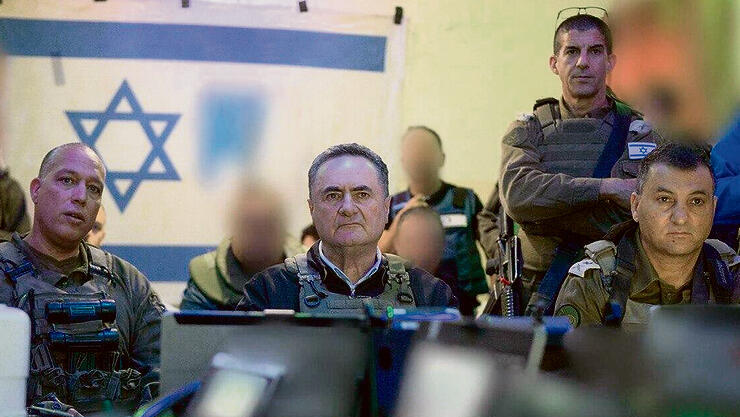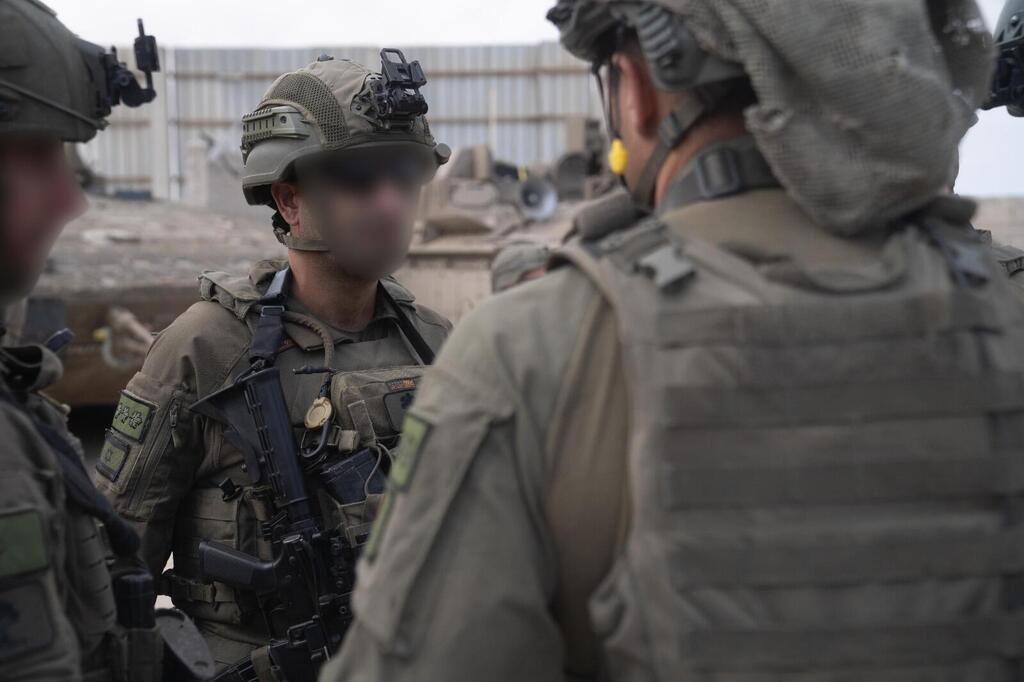Getting your Trinity Audio player ready...
Just seven months ago, in September 2024, the IDF Spokesperson’s Unit issued an official statement in which it declared that the 162nd Division had “defeated Hamas’ Rafah Brigade.” The statement claimed that after three months of operations in Rafah, over 2,000 terrorists had been killed and 13 kilometers of underground tunnels destroyed. Because the message came from the military and not a political source, many viewed it as credible—perhaps even a sign that Israel was approaching victory.
But a visit to Rafah ahead of Passover 2025 reveals a starkly different reality. Just days ago, the IDF itself acknowledged—almost in passing, and because of other more pressing issues not receiving the kind of attention that it deserves —that the job remains unfinished. During a field assessment at the new Morag Corridor, IDF Chief of Staf Eyal Zamir stood alongside Southern Command head Maj. Gen. Yaron Finkelman and 36th Division commander Brig. Gen. Moran Omer and told troops: “I expect you to bring about the defeat of the Rafah Brigade.”
In case it wasn’t clear: the Rafah Brigade didn’t rise from the ashes. It was never truly defeated. IDF sources now admit this openly. Commanders in the area, including forces from the 188th Brigade and Golani reconnaissance units, say Hamas still has active battalions in Rafah. Zamir is urging them to complete a mission that the public was told had already been accomplished more than six months ago.
There has been a fair amount of criticism of the statements of politicians, led by those of the prime minister, who declared a year ago that Israel was “on the brink of victory.” The illusion of Rafah’s defeat is, regrettably and not for the first time, another example of the gap that can emerge between public messaging and battlefield realities. It raises serious questions: What does the public actually know about the war’s progress, the successes versus failures, and the goals achieved versus those merely marketed?
These are not just questions for the former chief of staff and military spokesperson, but for the current IDF leadership as well. Their declarations, too, will be judged over time—and every gap between words and reality erodes public trust in the IDF.
During his visit to the front lines this week, Defense Minister Israel Katz announced that the IDF would soon control the entire area from the Morag Corridor to the Philadelphi Corridor on the Egyptian border, turning Rafah into a buffer zone. “The entire Rafah area will be evacuated and turned into a security zone,” Katz said. But even bold statements must eventually confront political and operational realities—especially if a ceasefire deal and hostage release are reached. One senior Israeli official put it plainly: “The moment Hamas agrees to return 11 living hostages, the fighting will stop immediately.”
Katz also revealed that more cross-border tunnels from Gaza to Egypt had been discovered, justifying a continued Israeli presence in the Philadelphi area. This claim, too, will likely face diplomatic scrutiny, particularly given challenges on the Iranian front and ongoing tensions with Turkey in Syria.
More pressing, however, is the troubling assessment from within the IDF regarding tunnel destruction. According to internal estimates, only about 25% of Hamas tunnels have been eliminated. This figure also requires explanations, which the IDF is having difficulty providing at the moment and raises hard questions about the military's effectiveness in neutralizing a threat that has dominated Israeli security discourse since 2014’s Operation Protective Edge.
Get the Ynetnews app on your smartphone: Google Play: https://bit.ly/4eJ37pE | Apple App Store: https://bit.ly/3ZL7iNv
Even now, Hamas can still use the tunnel empire it built, along with escaping to populated areas.
Despite the loss of Iranian support and a decline in weapons production capabilities, even now, Hamas can still use the tunnel empire it built —both for combat operations and escape routes into civilian areas. A senior IDF official warned, “Targeting the military wing alone won’t suffice. We also need to dismantle the political leadership.”
That same official was asked a question that has hovered over the military since Israel repelled the October 7 attack and launched its counteroffensive: What does victory look like? His answer, perhaps unsurprisingly, was “bringing the hostages home and defeating Hamas.”
But with 75% of the tunnels still intact, it’s unclear whether the first goal can be achieved through military means. As for the second, before anyone talks about "defeating Hamas," it might be worth ensuring that the Rafah Brigade is finally—and truthfully—defeated.




